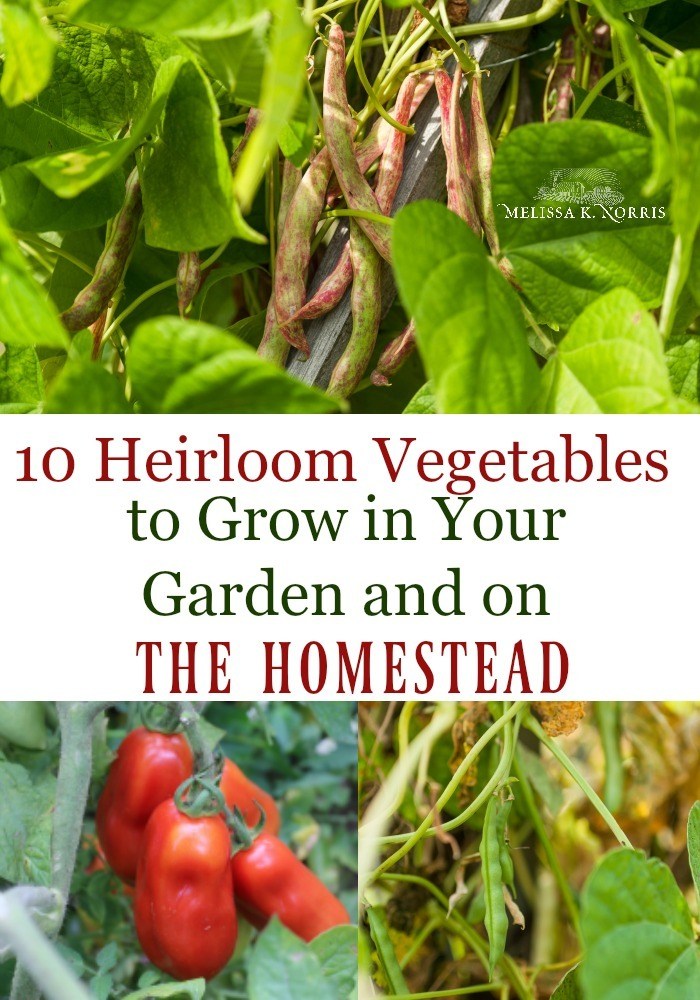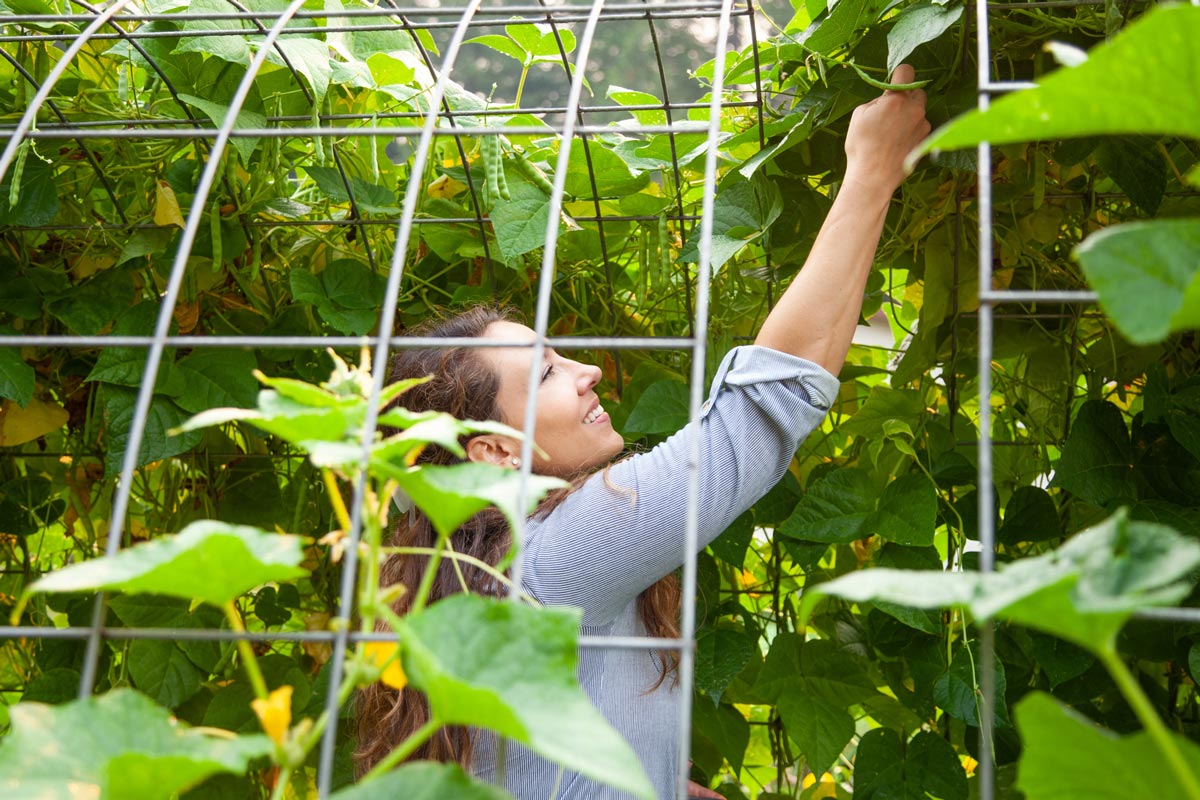I love growing vegetables using heirloom seeds for the best-tasting, most unique diversity of food. Heirloom vegetables are a special breed, quite literally. Cultivated from seeds passed down through generations. The best heirloom vegetables to grow in the garden or a container-type pot is easy. Simply tend the soil, use good seeds and watch them grow.

Table of Contents[Hide][Show]
Why Heirlooms Are My Favorite Vegetables to Grow
It’s no secret that heirloom seeds are my favorite. If you’ve ever bitten into a sweet, juicy heirloom tomato fresh off the vine or savored the crunch and flavor of heirloom green beans at the height of summer, then you probably already know that heirloom vegetables are something special.
On average, heirloom vegetables are more nutritious, more flavourful and perform better in the organic garden than any other type of plant. You can save and store your heirloom seed to create a sustainable garden from year to year.
There’s also a huge selection of unique and interesting varieties out there to try. They add diversity, color and beauty to your garden and your dinner table.
With the emergence of GMO seeds available to home gardeners, it’s more important than ever to be choosy about what you plant in your garden.
Note: This blog post has been updated to include two podcast episodes on heirloom vegetable varieties. Over the years, I’ve had multiple listeners asking for my favorites, so download each of these podcasts and listen to them at your leisure! Here’s to your best gardening year yet!
Enjoy Pioneering Today Podcast episode #171, 10 Unique Heirloom Vegetables To Grow In Your Home Garden, at the top of this post. Then enjoy Pioneering Today Podcast episode #229, List of Heirloom Varieties to Grow in the Garden This Year, below.
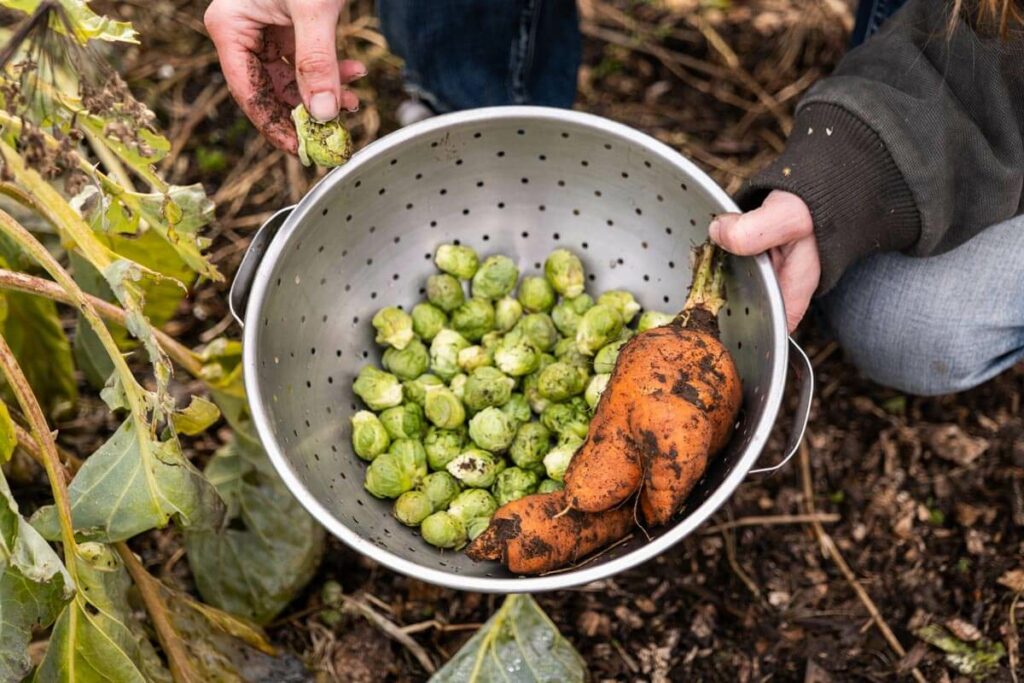
What Vegetables Are Worth Growing
When it comes to creating a successful vegetable garden, not all plants are created equal. Choosing the right varieties is essential for ensuring a bountiful harvest. If you’re looking to add unique flavors and varieties to your vegetable garden, heirloom vegetables are the perfect choice.
These traditional varieties have stood the test of time and offer a range of benefits that can enhance your favorite dishes, such as salads, stir-fries, soups, stews, casseroles, and so much more.
Heirloom vegetables are open-pollinated, which means they are pollinated by natural methods like wind, insects, or birds rather than through human intervention. This allows for greater genetic diversity, resulting in a wider range of flavors, colors, and textures that are often lost in modern hybrid varieties.
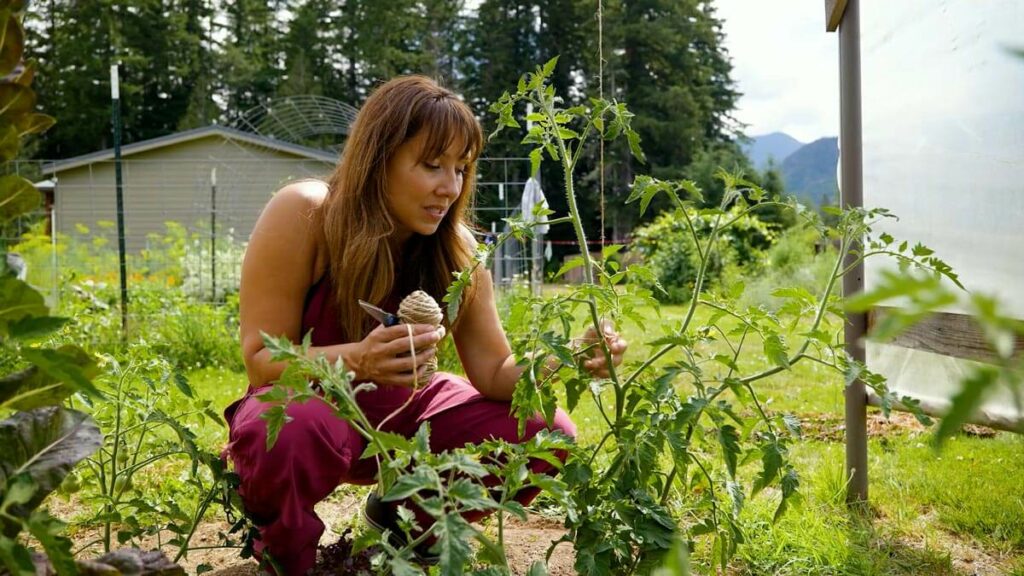
Top Heirloom Vegetables to Grow
One of the most asked questions I get is what specific variety of plants we use on the homestead, but before I tell you the exact specific varieties that we grow here on my homestead, I do need to preface by saying that the varieties that I picked specifically for my cooler northern climate.
I live in the Pacific Northwest of Washington State, which means that I have about 150 days of warm weather growing time (regular summer annual vegetable garden). The reason why I preface this is because it’s so important to find the correct varieties that will do well and thrive in your region and climate.
Also, please note that the amount of each variety I plant is for the year based on my family’s needs and how much we eat. To find out how much to plant for YOUR family based on your climate and needs, click here to get the worksheets with The Family Garden Plan.

Beans
- Tarheel Green Pole Bean – I’m sharing this variety with you, but this specific variety isn’t available since my family has been seed-saving this one for over a hundred years. I cannot sell them due to the strict laws and regulations concerning seeds.
- October Bean – Again, this is a bean my family has seed saved for over a hundred years; I believe it’s similar to a cranberry bean if you’re looking for a similar type to this one. I love this bean because it is meatier than a pinto bean and has a great texture. It has a mild, creamy texture which is delicious in my bean and ham soup recipe. I usually plant fifteen to twenty plants for a year’s supply for our family.
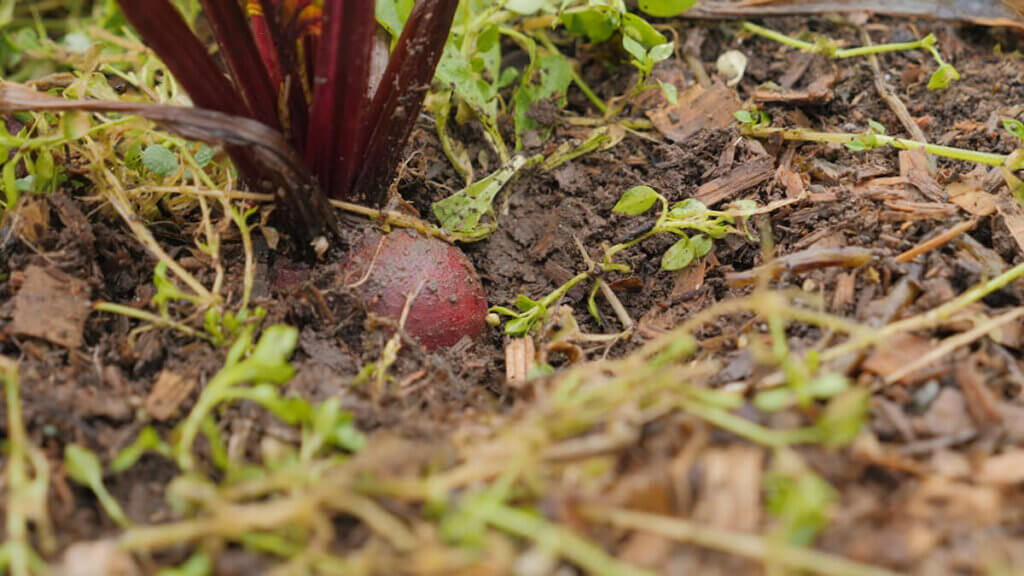
Beets
- Crosby Egyptian – This beet variety is smooth-skinned and has a flatter uniformed saucer-like shape making them nice for slicing and pickling and easy to fit in the jars. My son doesn’t like beet, but I sneak them into my chocolate beet cake recipe that he loves and he is none the wiser. I succession plant our beets to make sure we always have some planted. For a year, we normally do 50-60 plants.
- Early Wonder – Another great variety I grow and enjoy eating, fresh or pickled. These grow great for me in our zone, make sure you check out what’s best for yours. I grow fifty to sixty beet plants because I just love beets, especially when I make this Ukrainian borscht recipe!
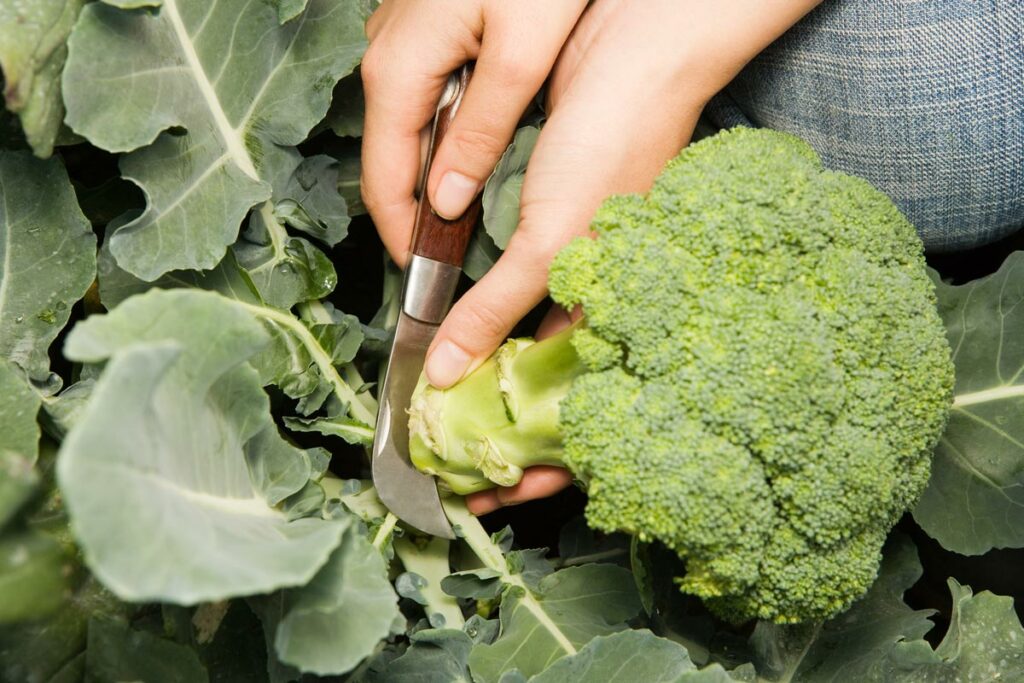
Broccoli
- Solstist – We enjoy this broccoli variety fresh, frozen and in various recipes like my healthy chicken broccoli casserole dish. This one did well for me, especially in the early spring, with large heads. The package says heads with tight curds held above the foliage to help keep it safer from slugs and rot. I found that to be true, so I planted around six to eight plants in my garden bed.

Brussels Sprouts
- Long Island Improved – Brussel sprouts are one of my family’s favorite vegetables to grow and eat. We have grown this variety for three years and will keep growing it. This plant really produces with tight heads, keeping pests at bay. And oh my are they so delicious roasted! I grow at least sixteen to eighteen plants every year.
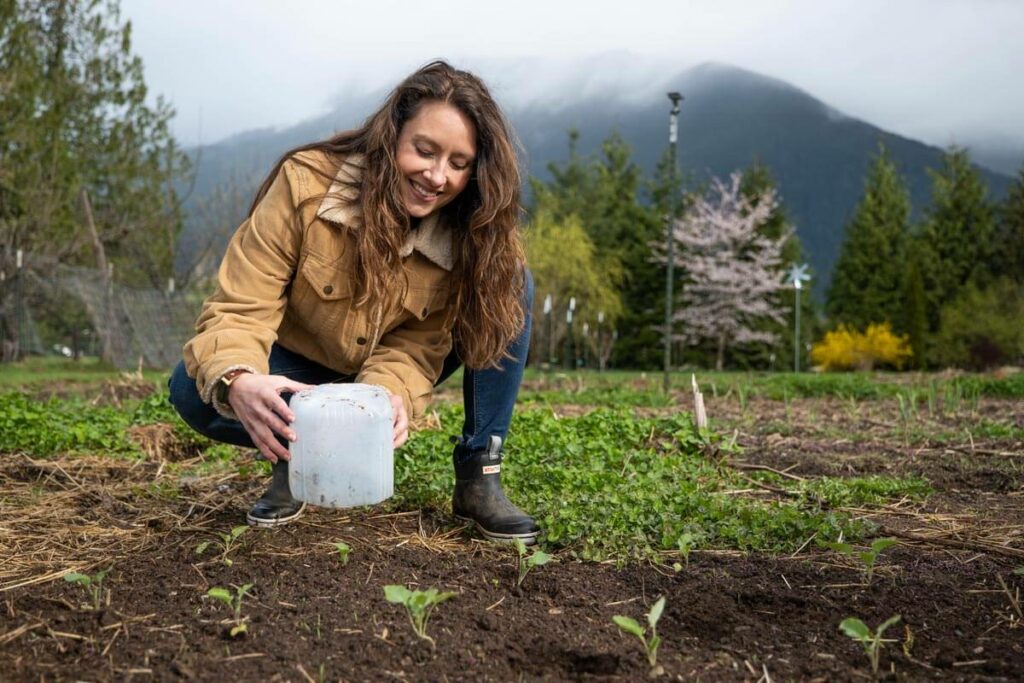
Cabbage
- Columbia – This is a dream cabbage for both sauerkraut and eating fresh. Tight large heads that didn’t split, despite our almost always present Pacific Northwest weather. I usually grow six to eight of these a season.
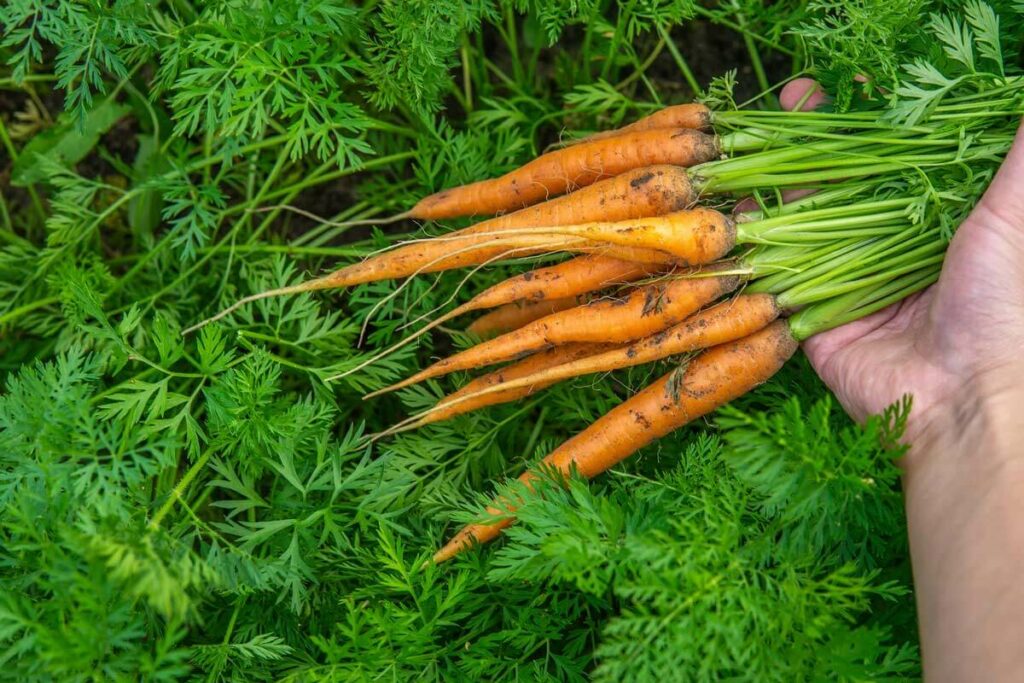
Carrots
- Danvers Half Long – I love this variety; it does really well for us. If I don’t get to them in a timely manner and they grow larger, they don’t become woody and still have a great crunch and flavor. They also overwinter beautifully so I gain a longer season with them. I usually grow thirty to forty carrots and succession plants in the fall.
- Paris Market – This Parisienne carrot is also a popular variety. It is small, round and sweet. It would be a good container garden candidate. It even does well in heavy soil with lots of clay. I’m told gourmet chefs use this French heirloom, adding its old-world charm to the menu. You don’t need to be a market gardener or chef to grow these at home; just soil and seeds, and you’re on your way! Bon Appetite!
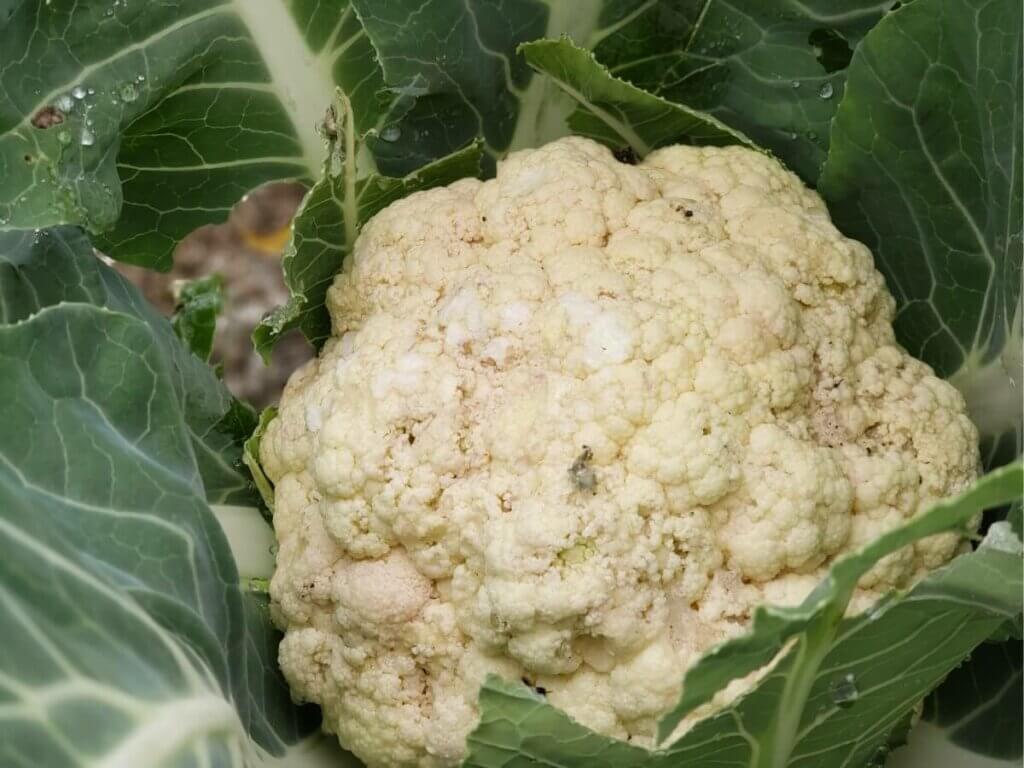
Cauliflower
- Snowball Improved – This great cauliflower produced HUGE compact heads for us. Cauliflower is delicious roasted, shredded into a rice alternative and even a mock mashed potato. I plant about ten heads in the spring and ten heads in the fall.
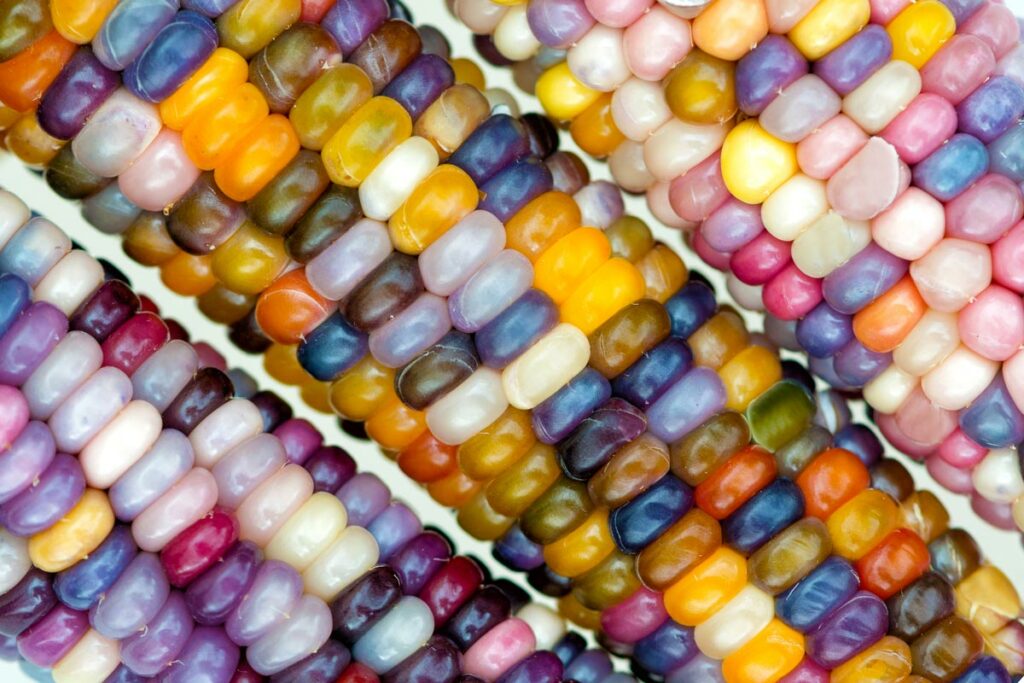
Corn
- Triple Play and Zanadoo – These two varieties are sweet corn. They’re multi-colored and are delicious when eaten fresh. They produced at least two ears per plant. Triple Play produced ears in just 75 days from planting, which was terrific for our shorter growing season I planted fifteen of each variety.
- Top Hat – This is a very sweet yellow corn variety. It did well in our cooler-than-normal summer and fall months. We planted fifteen of these, too.
- Glass Gem Corn – If you are looking for something out of the ordinary, modern homesteaders like this strikingly beautiful addition to their fields or home gardens. It’s a lovely heirloom with Cherokee roots and its glass-bead-looking rainbow colors. It looks beautiful as decor when dried and placed in a cornucopia for a holiday table. It also makes delicious popcorn!
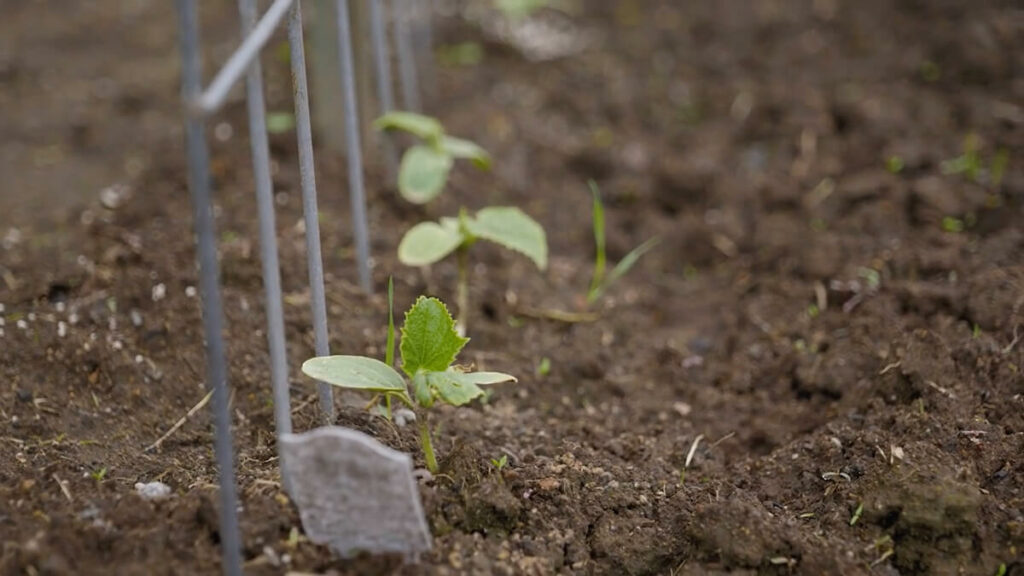
Cucumber
- Chicago Pickling – I like this variety because it’s a good fresh, eating cucumber, and it’s a good pickling cucumber. (Have you tried these Bread & Butter pickles yet?) This fairly prolific variety doesn’t grow really large and it’s nice and crisp. I grow between eight and ten of these plants.
- Lemon Cucumbers – You could also try these small, round, yellow cucumbers. They are tangy and citrusy, like lemons! But they are 100% cucumber. These cucumbers are resistant to both drought and fungus. It is a high-yielding plant that will keep producing right up until the first frost. Excellent sliced and eaten on salads or as part of a veggie platter!

Garlic
- Inchelium Red – This is our favorite go-to soft-neck garlic. It grows easily, is prolific and stores really well. It has medicinal properties as well as being considered gourmet in flavor for culinary use. My homemade fire cider is a must in our home during cold and flu season, and this is the garlic of choice for all its healing benefits. I grow between fifty and seventy bulbs every year.
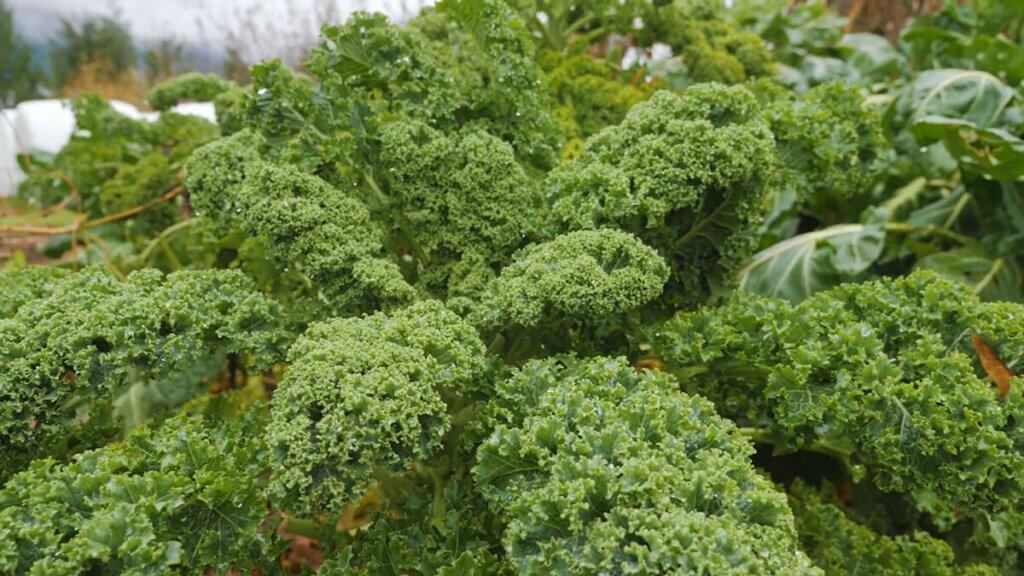
Kale
- Blue Curled Scotch – I like this curly kale variety; it grows really well for me. It makes the best homemade kale chips, and my kids love them. It’s hardy, cold-tolerant and prolific, keeping us in kale throughout the winter. harvest through the winter. I plant four to six plants of this cute, curly kale.
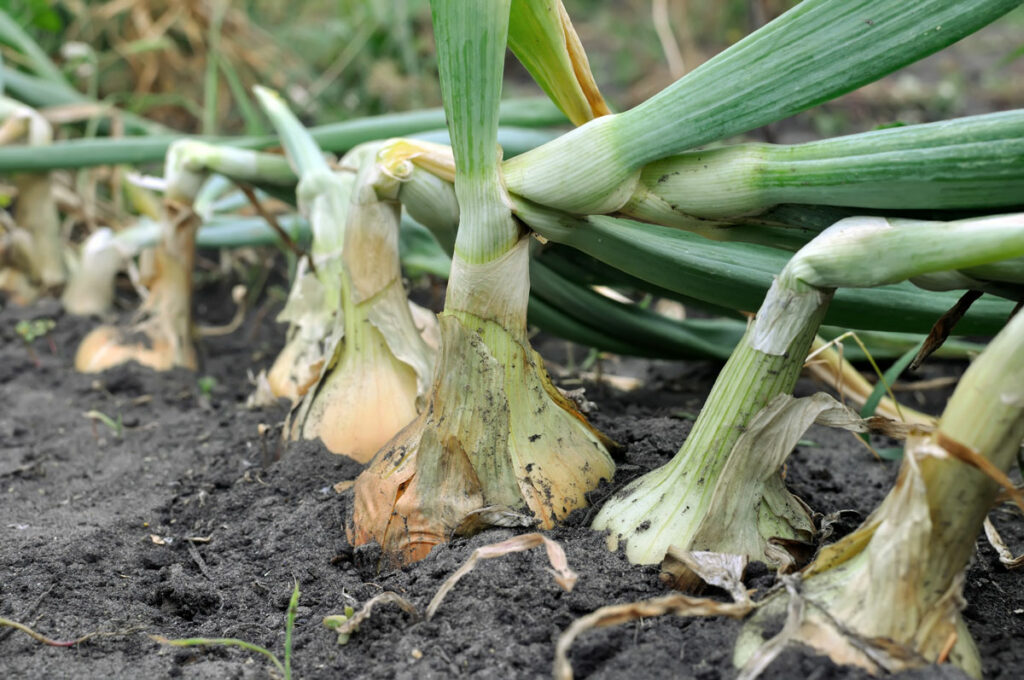
Onion
- Copra and Patterson – Both of these yellow onion varieties have great flavor. I particularly like their long storage life. These are long-day varieties, meaning they need several hours of sunlight daily. I get these planted in late spring and plant fifty onions, so we get close to one a week all year.
- Blush – The blush variety is a cross of red and yellow onion. It is beautiful in color and has a better long storage capability than a red onion. I plant twenty of these for a nice addition to our yellow storage varieties.
- Wethersfield Red Onion – This deep red (or purple) onion is flatter than other well-known red varieties. It is a good producer and a tasty addition to your dinner table. This is a good choice if you want red onions to enjoy as your fresh summer and fall fare.
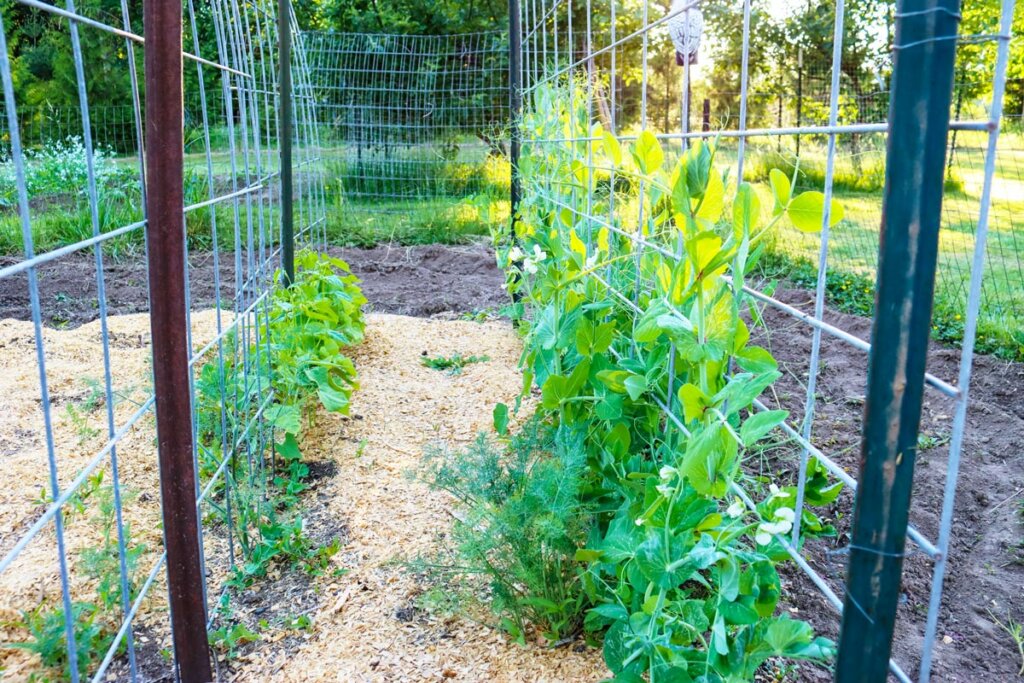
Pea
- Sugar Snap – I love snap peas because they are crunchy, sweet, and prolific. I can grow them vertically in the Spring and Fall, making them a good all-around vegetable. They are wonderful fresh out of the garden but also delicious in stir-fries. I usually grow ten plants and get plenty for the year.
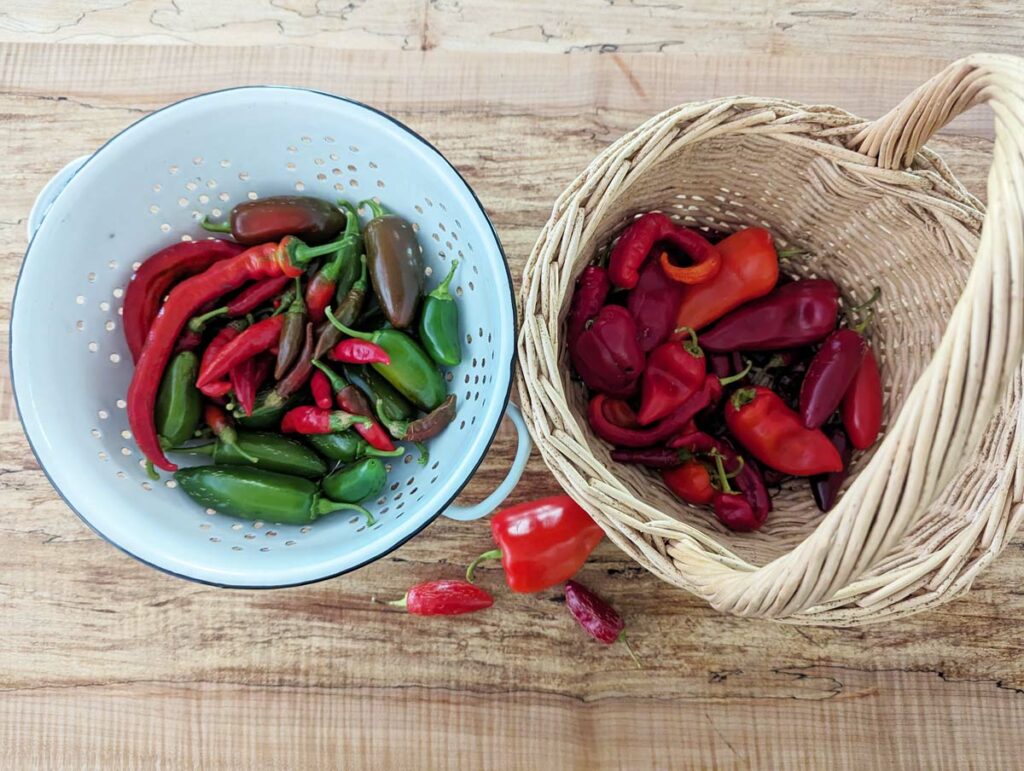
Pepper
- King of the North – This red bell pepper grows well for me. I can pick them when they are green, but if I let them mature on the vine, they turn into a beautiful red bell pepper. Used in soups, stews, canned, dehydrated, chopped and frozen, the flavor is great in many dishes. I plant between six to ten of this variety each year.
- Lipstick – This is an Italian sweet pepper. I love growing this variety; it’s prolific and easy to grow. We roast them and add them to tomato sauces, soups and stews. I usually plant 3-4 of this variety.
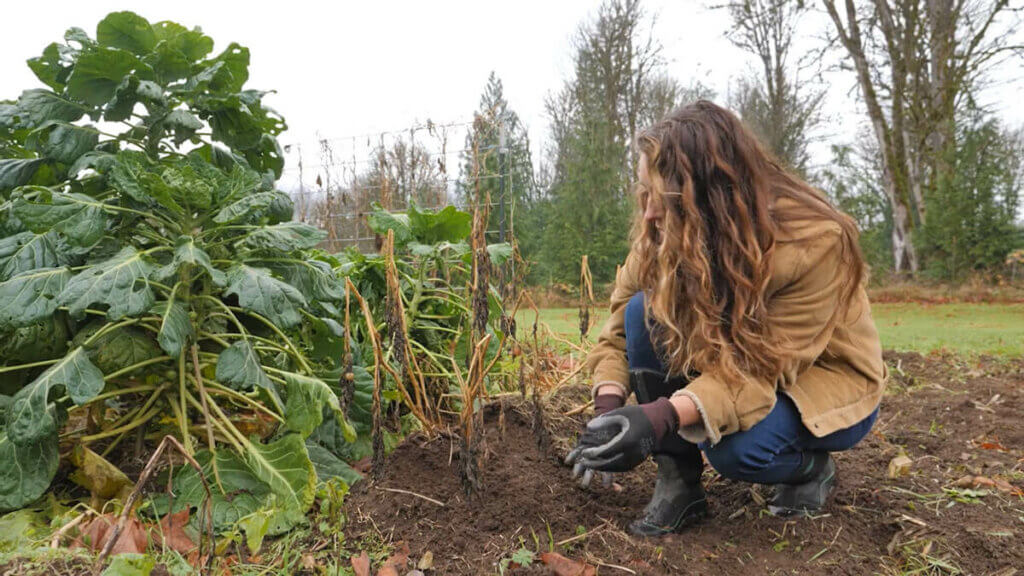
Potatoes
- German Butter Ball – This yellow-skinned potato produces the creamiest buttery-flavored mashed potatoes I’ve ever made. They grew well for us, and we could store plenty of them over the winter.
- Dark Red Norland – This dark red potato grew well for us in a short amount of time, which was perfect because I planted it late in the season. They also stored really well and tasted fantastic!
- Russet Norkotah PHP – This variety is a russet, although I didn’t get as many as I thought I would; I am trying it again with some changes in my growing strategies. They also stored really well. I plant one pound of each seed potato variety to grow enough for our family.
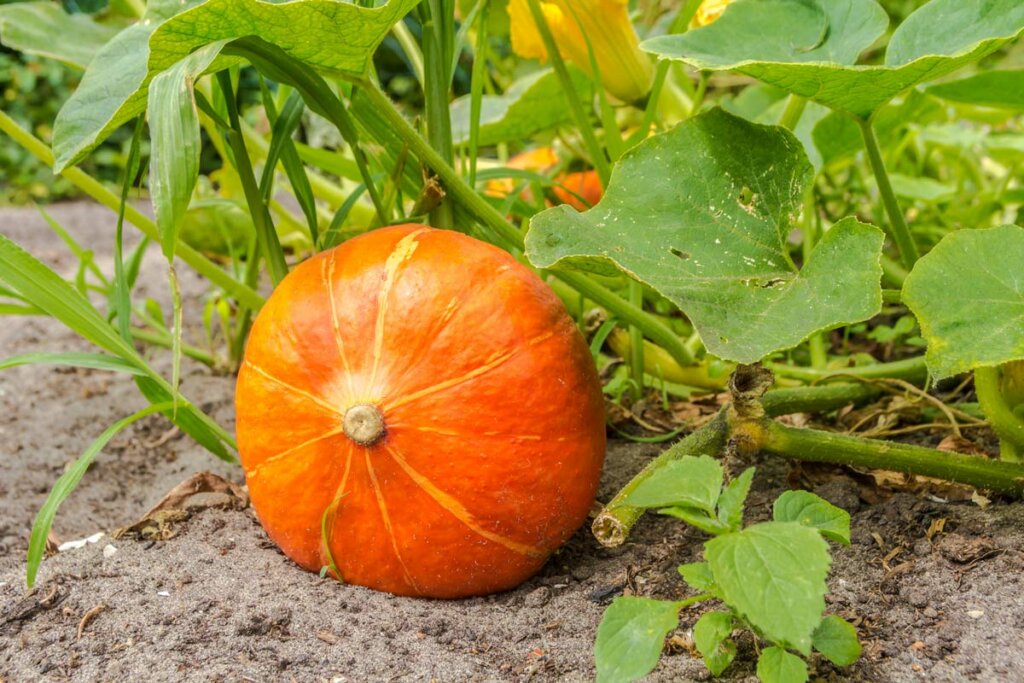
Pumpkin
- New England Sugar Pie – This is a small pumpkin, but they have sweeter flesh. I love making homemade pumpkin rolls and pumpkin soup with these pumpkins. (I don’t love pumpkin pie, but I still bake them during the holidays.) I preserve these pumpkins several ways, and I roast the seeds as well. I usually plant two hills, which is about 6-8 plants.
- Rouge Vif d’Etampes – Another popular variety to try is Rouge Vif d’Etampes (aka. “Cinderella”) Pumpkins. These pumpkins are a big (up to 20 lbs.) and beautiful addition to any garden and make for stunning fall decor in your home with their vibrant red-orange skin and deep ridges. They also make a delicious eating pumpkin (especially in soups) and store well all winter, even at room temperature.
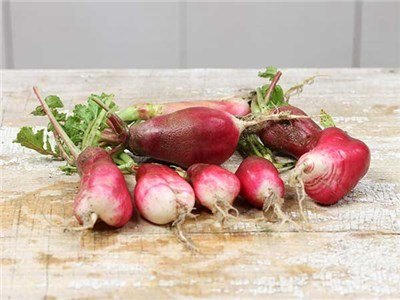
Radish
- French Breakfast – This quick-growing radish did great for us in the spring and summer. It has a nice crunch with a bit of spice. I grew a row about fifteen feet long and had plenty of radishes for our family. We enjoy them in salads, tacos and stews or fresh out of the garden.
- Daikon Miyashige – This Japanese radish did well for me when it was a little cooler in the fall. The ones I planted in the spring bolted when the summer heat came on.
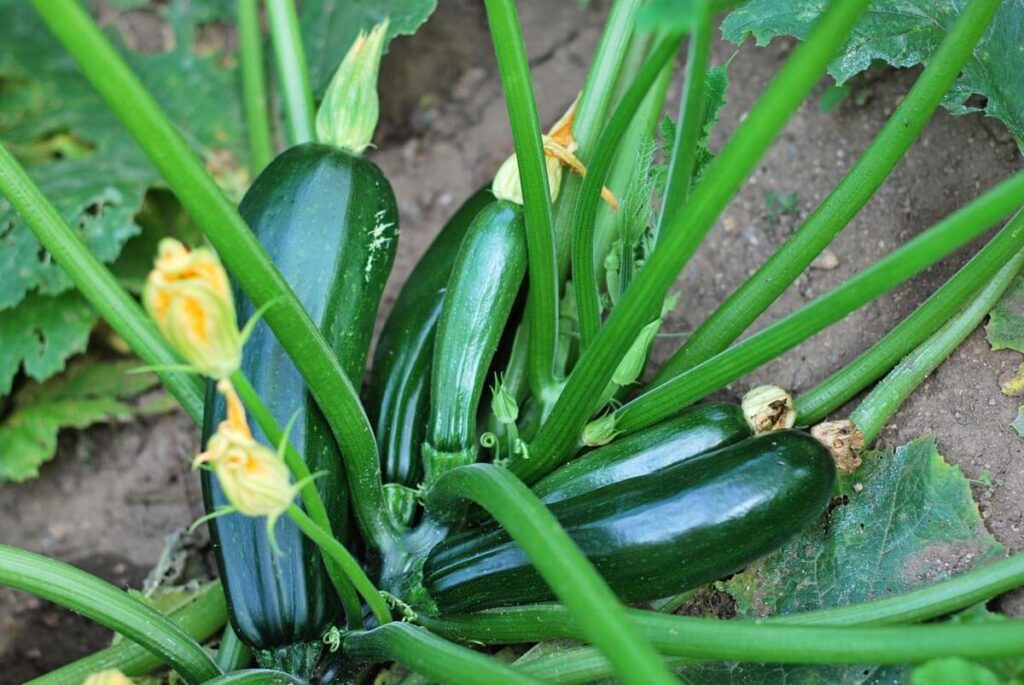
Squash (Summer)
- Black Beauty – This zucchini variety is so prolific I only grow four to six plants. We tried a few other varieties and always came back to this one. It has a great flavor and freezes and dehydrates well. Our favorite way to eat them is fresh, and when I make blueberry zucchini muffins for our non-zucchini lovers, they have no idea it’s in there.
- White Scallop Squash – Summer squash like zucchini is great to grill and enjoy on those warm summer days. This unique flower-shaped, white, pattypan-style squash grows well and is delicious baked, sauteed and grilled.
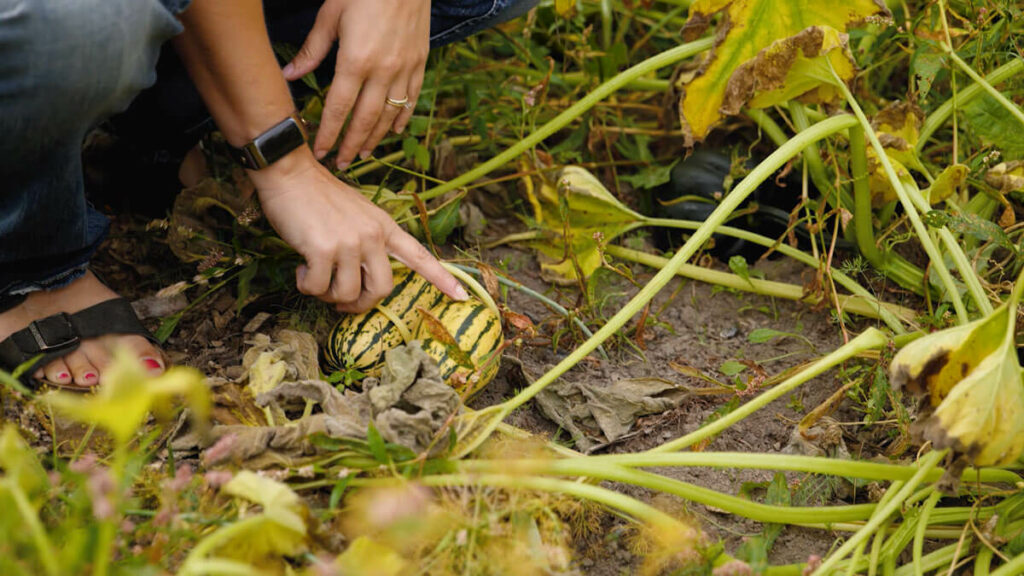
Squash (Winter)
- Table Queen – This acorn squash variety grows really well for me. We love acorn squash as a side dish with a little bit of butter, brown sugar and a dash of cinnamon. I usually plant four to five of these beauties since we grow other squash varieties, too.
- Waltham – Butternut squash grows slightly bigger and stores well, either root-cellared or frozen. I grow one to two hills, that’s around six to eight plants for our family of four. I make this baked garlic and butternut squash as a side dish.
- Zeplin and Honeyboat – Delicata squash has become a family favorite, and these two varieties are delicious. This oblong squash has a hint of sweet potato and butternut squash in one. Roasted and sauteed, it’s so easy to prepare, and no peeling is required because of its soft rind. Usually, three to five of these beauties provide plenty for our family of four.
- Sweet Meat – Winter squash grows well in the Northwest and this variety gets quite large. The sweet meat is delicious and stores well. If we needed to, this large variety of squash should be able to feed the chickens, cows, and other livestock if needed.
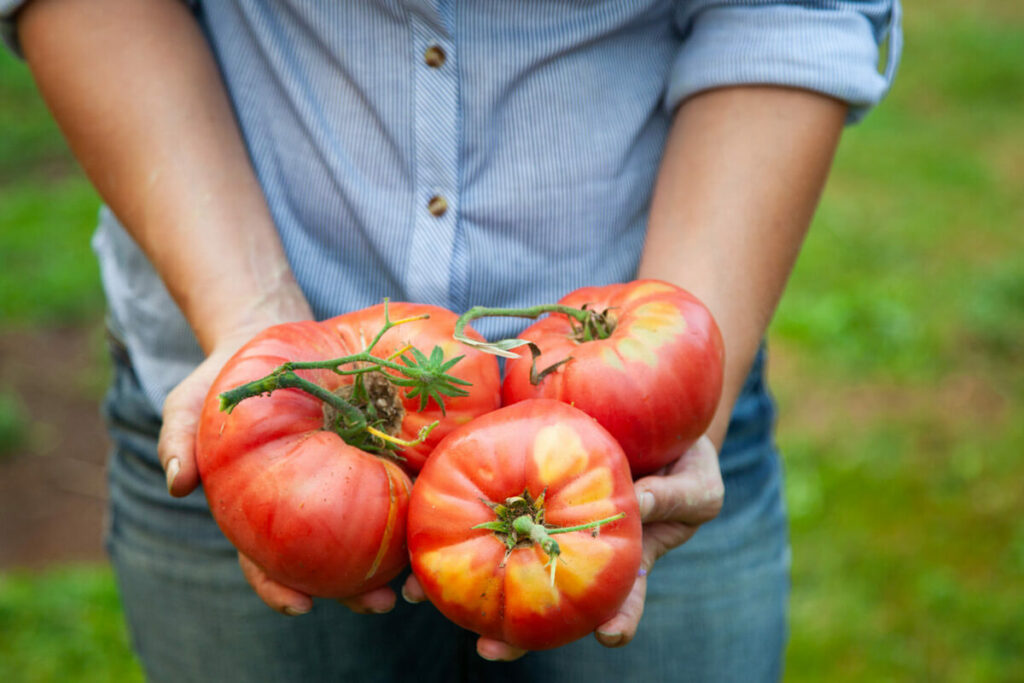
Tomatoes
- Amish and San Marzano Lungo – Amish Paste and San Marzan Lungo do well for me. They are prolific producers, which is great since I can these tomatoes for stews, pasta sauce, pizza sauce, and fresh eating. I usually grow 18-20 plants to meet our yearly needs.
- Galina’s Cherry – The Galina’s Cherry is an incredibly prolific and flavorful yellow cherry tomato. They produced well into the fall and had very little cracking. Just two plants provide us with more than enough for fresh eating and some preserving.
- Brandywine – Brandywine is an heirloom table-eating variety. They got to be very large (great for slicing) and were full of flavor. If they get too big or too ripe, skins will crack. I plant about three plants of these for fresh eating.
FAQ
What are some easy vegetables to grow in my home garden?
Some easy vegetables to grow in your home garden include green beans, tomatoes, lettuce, carrots, and radishes.
What is the easiest vegetable to grow?
An easy vegetable to start growing is lettuce. It grows quickly and thrives in various climates and conditions.
What is the fastest vegetable to grow?
The fastest vegetable to grow is the radish, which can be ready for harvest in as little as 3-4 weeks after planting.
What are heirloom vegetables?
Heirloom vegetables are the standard open-pollinated traditional varieties that have been passed down through generations.
How do I choose the right plants for my vegetable garden?
When choosing plants for your vegetable garden, consider the importance of using heirloom varieties and factors like your climate, available space, and personal preferences. Research which varieties are well-suited for your area and ensure they match your desired taste and culinary needs.
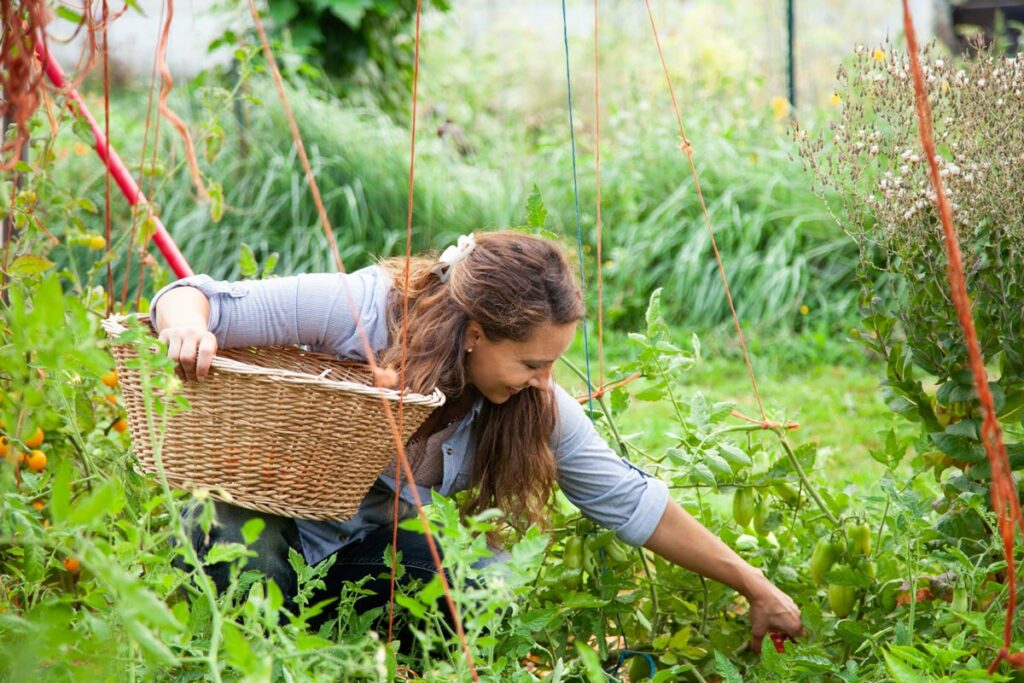
Resources
Episode #171
- Episode #131 Nine Transition Tips from City Life
- Verse of the Week – Genesis 1:29
Episode #229
- Episode #228 Where to Buy Heirloom Seeds
- Episode #227 – How to Read Seed Packets
- Roasted Kale Chip Recipe
- The Family Garden Plan
Other Posts You May Enjoy
- Heirloom Seeds – An Introduction
- Survival Garden
- What Is an Organic Garden and How to Start One
- How to Save and Store Your Heirloom Garden Seed
- Where to Buy Heirloom Seeds
- Why Heirloom Seeds Are My Favorite
- GMO Seeds & How to Avoid Them
